Greenhouse Earth
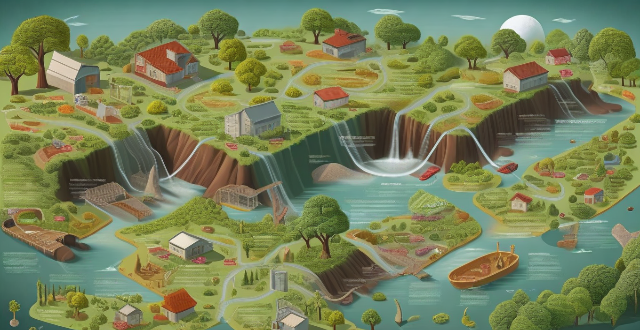
How does the greenhouse effect work ?
The greenhouse effect is a natural process essential for life on Earth, where certain gases trap the sun's energy, warming the planet. Human activities have increased these gases' concentration, leading to an enhanced greenhouse effect and global warming. The process involves sunlight absorption, re-emission as infrared radiation, trapping by greenhouse gases, and planetary warming. Human impact includes increased emissions from burning fossil fuels and deforestation, leading to rising temperatures, extreme weather events, sea level rise, and habitat loss. Urgent action is needed to mitigate these environmental challenges.
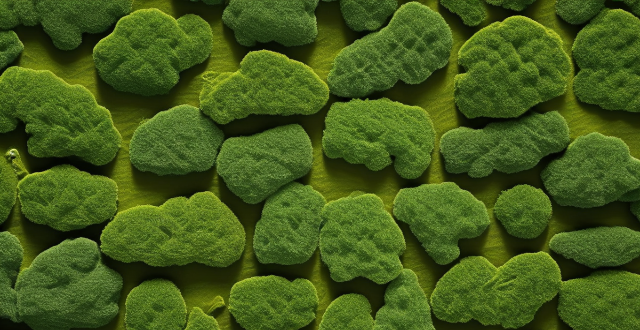
What is the greenhouse effect ?
The greenhouse effect is a natural process that warms the Earth's surface through the trapping of heat by greenhouse gases. These gases include carbon dioxide (CO2), methane (CH4), and nitrous oxide (N2O), which are released by various human activities and natural processes. The greenhouse effect is essential for life on Earth, but human-induced enhancement of this effect has led to global warming and associated environmental issues.
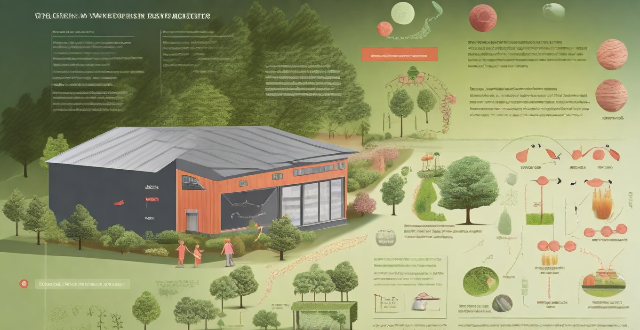
What are the causes of the greenhouse effect ?
In this article, we explore the natural and human-intensified causes of the greenhouse effect and its potential consequences. The greenhouse effect is a process where certain atmospheric gases trap heat from the sun, warming the Earth's surface. Human activities such as burning fossil fuels, deforestation, and agricultural practices have increased the levels of these gases, leading to an intensified greenhouse effect and contributing to global warming. The consequences of an intensified greenhouse effect include rising temperatures, melting ice caps and glaciers, extreme weather events, ecosystem disruption, and impacts on human health. To address these challenges, collective action is needed to reduce greenhouse gas emissions and transition to sustainable practices.

What is the difference between global warming and the greenhouse effect ?
Global warming and the greenhouse effect are two interconnected phenomena that have a significant impact on Earth's climate. The greenhouse effect is a natural process where certain gases in the atmosphere trap heat from the sun, helping to maintain a stable climate on Earth. On the other hand, global warming is an ongoing phenomenon caused primarily by human activities such as burning fossil fuels and deforestation. While both involve greenhouse gases and their impact on Earth's climate, there are key differences between them, including their cause, duration, impact, and potential solutions.

What role do carbon emissions play in the greenhouse effect ?
The article discusses the role of carbon emissions in the greenhouse effect, which is caused by certain gases trapping heat from the sun in the Earth's atmosphere. Carbon dioxide (CO2) is one of several greenhouse gases that contribute to this process. Human activities such as burning fossil fuels for energy production and deforestation are major sources of carbon emissions, leading to an enhanced greenhouse effect and global warming. This has resulted in a range of impacts on the Earth's climate system, including rising sea levels, more frequent and intense heatwaves, changes in precipitation patterns, and shifts in ecosystems and wildlife populations. To mitigate these effects, strategies such as transitioning to renewable energy sources and improving energy efficiency are being implemented or proposed. International agreements like the Paris Agreement aim to reduce carbon emissions and limit global temperature rise.

Is the greenhouse effect a natural phenomenon or human-induced ?
The greenhouse effect is a natural process that helps maintain Earth's climate, but human activities have significantly increased greenhouse gas concentrations, leading to an enhanced or "human-induced" effect. This has resulted in global warming and other environmental issues, such as rising sea levels, extreme weather events, and ocean acidification.

What are the consequences of the greenhouse effect ?
The enhanced greenhouse effect, caused by human activities, has led to rising global temperatures, changes in precipitation patterns, ocean acidification, impacts on biodiversity, health implications, and economic impacts. These consequences affect various aspects of life on Earth and require action to reduce greenhouse gas emissions and mitigate the effects of climate change.

How has the greenhouse effect affected the climate over time ?
The greenhouse effect is a natural process that warms the Earth's surface by trapping heat from the Sun. However, human activities have increased the concentration of greenhouse gases in the atmosphere, leading to an enhanced greenhouse effect and global warming. This has resulted in rising global temperatures, melting ice caps and glaciers, more frequent and severe extreme weather events, changes in ecosystems and biodiversity, and ocean acidification. To mitigate these effects, it is crucial to reduce our reliance on fossil fuels, promote renewable energy sources, protect forests and other natural habitats, and adopt sustainable practices in agriculture and industry.

How do greenhouse gases contribute to climate change ?
This text explains the role of greenhouse gases in climate change and how human activities contribute to excessive levels of these gases. It outlines various sources of greenhouse gases such as fossil fuel combustion, deforestation, agriculture, industrial processes, and waste management. The impacts of increased greenhouse gases on the environment are discussed, including global warming, sea level rise, extreme weather events, ocean acidification, and biodiversity loss. Finally, the text suggests strategies for mitigating greenhouse gas emissions, such as reducing fossil fuel use, enhancing energy efficiency, promoting renewable fuels, reforestation, sustainable agriculture practices, carbon capture, and policy initiatives.
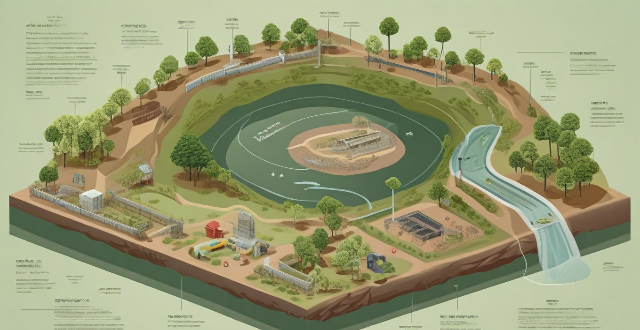
What are some examples of gases that contribute to the greenhouse effect ?
The greenhouse effect is a natural process that warms the Earth's surface. Human activities have increased the concentration of certain gases in the atmosphere, leading to an enhanced greenhouse effect and global warming. Major greenhouse gases include carbon dioxide (CO2), methane (CH4), nitrous oxide (N2O), fluorinated gases, ozone, and water vapor. These gases trap heat in the Earth's atmosphere and contribute to global warming. Reducing emissions of these gases is essential to mitigate climate change and its impacts on ecosystems, societies, and economies worldwide.

How will commercial space tourism change the way we view Earth and space ?
The advent of commercial space tourism is set to revolutionize our understanding of both Earth and space by making space travel more accessible. It allows us to view our planet from a different perspective, fostering a greater sense of global awareness and interconnectedness, as well as an appreciation for the fragility and beauty of our planet. Additionally, it provides the opportunity for people to experience space firsthand, leading to a deeper understanding of the challenges and opportunities presented by space exploration, renewed interest in science and technology, and increased demand for education in STEM fields. Overall, commercial space tourism has the potential to change the way we view Earth and space by providing unique perspectives and experiences that can help us better appreciate our planet and expand our understanding of the universe beyond.
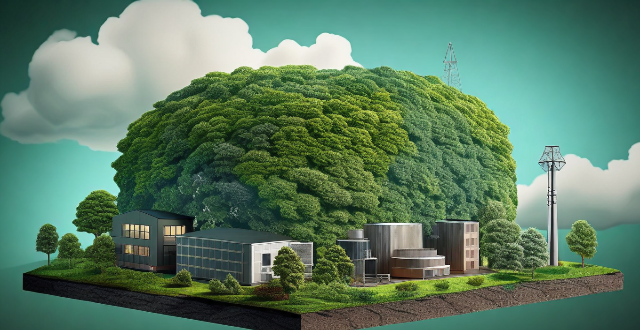
Can the greenhouse effect be reversed ?
The greenhouse effect is essential for life on Earth, but human activities have increased its intensity, leading to global warming. Strategies to reverse this enhanced effect include reducing emissions through renewable energy and energy efficiency, reforestation, carbon capture and storage, and negative emissions technologies like direct air capture. However, challenges such as technical feasibility, political will, economic impact, and environmental trade-offs must be considered. While a complete reversal may not be fully achievable in the short term, significant progress can be made with concerted global efforts.

How do greenhouse gas emissions affect climate change ?
Greenhouse gas emissions, including carbon dioxide (Greenhouse gas emissions, including carbon dioxide (e (CH4), trap heat in the Earth's atmosphere, leading to an increase in global temperatures. This process is known as the greenhouse effect. Human activities have increased the concentration of these gases, enhancing the greenhouse effect and causing global warming. The enhanced greenhouse effect leads to various effects such as global warming, ocean acidification, impact on ecosystems, and human health and well-being. To mitigate these effects, it is essential to reduce our carbon footprint by adopting sustainable practices such as using renewable energy sources, improving energy efficiency, protecting natural habitats, promoting sustainable agriculture practices, and encouraging eco-friendly habits.

How does the greenhouse effect impact ocean levels ?
The greenhouse effect, essential for Earth's habitThe greenhouse effect, essential for Earth's habittensified by human activities like has been intensified by human activities like burning fossil fuels and deforestation. This amplified effect is causing global warming, which leads to rising ocean levels through melting polar ice caps and thermal expansion of seawater. Changes in precipitation patterns also indirectly affect ocean levels by redistributing water. Addressing the causes of the enhanced greenhouse effect is vital to mitigate these impacts and protect the planet's future.

How does the greenhouse effect affect weather patterns ?
The greenhouse effect is a natural process that maintains Earth's warm temperatures, making life possible. However, human activities like burning fossil fuels and deforestation have increased the concentration of greenhouse gases, leading to global warming. This enhanced greenhouse effect affects weather patterns by causing higher global temperatures, changes in precipitation patterns, extreme weather events, disruption of seasonal patterns, and changes in ocean currents. Addressing this issue requires reducing greenhouse gas emissions and adapting to the changing climate.
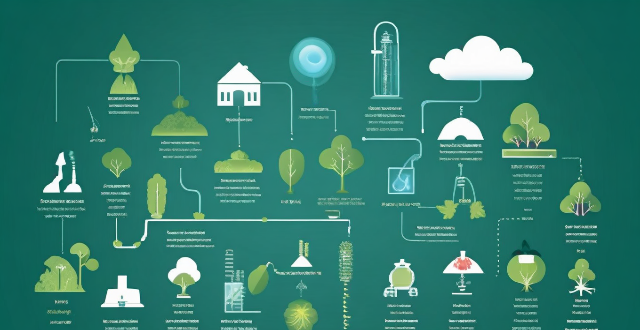
How do greenhouse gas emissions affect human health ?
The text discusses the significant impact of greenhouse gas emissions on human health, highlighting four main areas: air quality, climate change, food security, and waterborne diseases. It provides examples of health problems caused by each of these factors, such as respiratory issues from poor air quality, heat-related illnesses from climate change, malnutrition from food insecurity, and diseases like cholera from waterborne pathogens. The article emphasizes the importance of reducing greenhouse gas emissions to protect public health.

What are the primary sources of greenhouse gas emissions ?
Greenhouse gas emissions are a major contributor to global warming and climate change, with the primary sources being fossil fuels, deforestation, industrial processes, and agriculture. Fossil fuels release carbon dioxide into the atmosphere when burned, while deforestation releases stored carbon from trees. Industrial processes often use fossil fuels or other materials that produce CO2 and other greenhouse gases like methane and nitrous oxide. Agriculture also contributes to emissions through livestock farming, fertilizer use, and changes in land use leading to deforestation and soil degradation.

How does deforestation contribute to the greenhouse effect ?
Deforestation contributes to the greenhouse effect by releasing large amounts of carbon dioxide, reducing oxygen levels and disrupting ecosystems.

How do greenhouse gas emissions contribute to ocean acidification ?
The article discusses the role of greenhouse gas emissions, particularly carbon dioxide (CO2), in causing ocean acidification. It explains how CO2 gets absorbed by seawater through a process called "carbon sequestration," which leads to changes in the chemistry of the ocean's surface waters and results in decreased pH levels. The article also highlights the negative impacts of ocean acidification on marine ecosystems, including damage to calcifying organisms and disruption of food webs. To mitigate these effects, it suggests reducing greenhouse gas emissions through various means such as transitioning to renewable energy sources, improving energy efficiency, promoting sustainable land use practices, and implementing carbon capture and storage technologies.